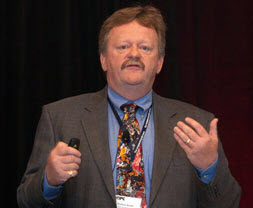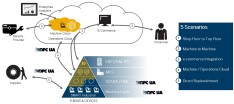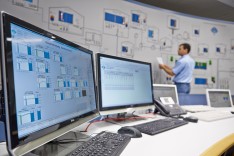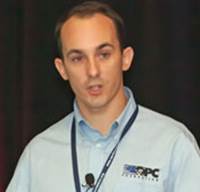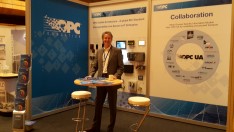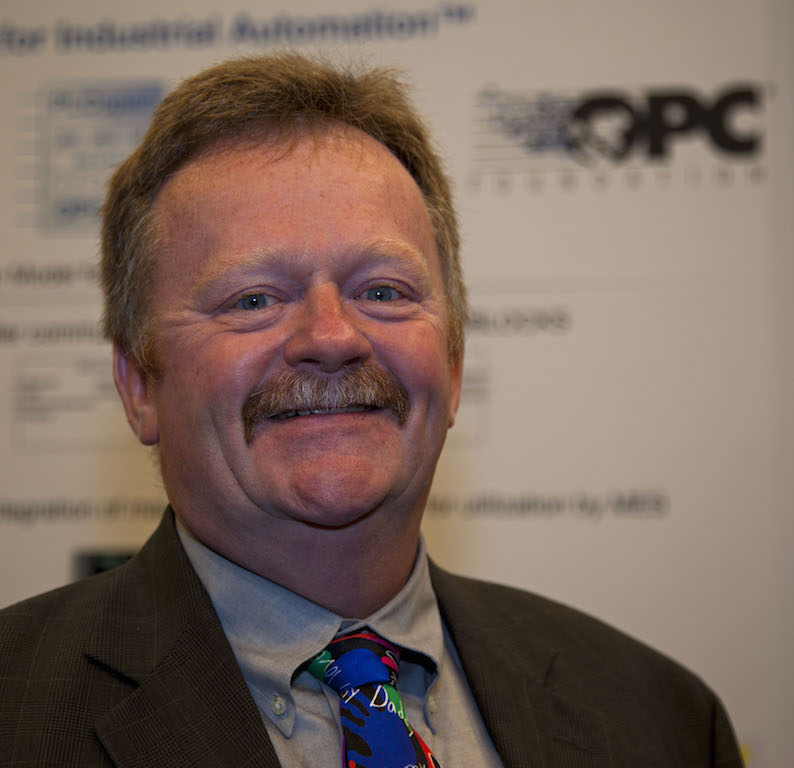Will IT and OT Converge?
It’s no secret down on the shop floor, or in the upper echelons of management, that IT and OT don’t always see eye to eye. For decades, the business computing world of Information Technology (IT) has been growing and evolving separately from the Operational Technology (OT) world. Be that as it may, these two worlds are now poised to make contact. Businesses are waking up to the value of the data that’s coming from production systems.
